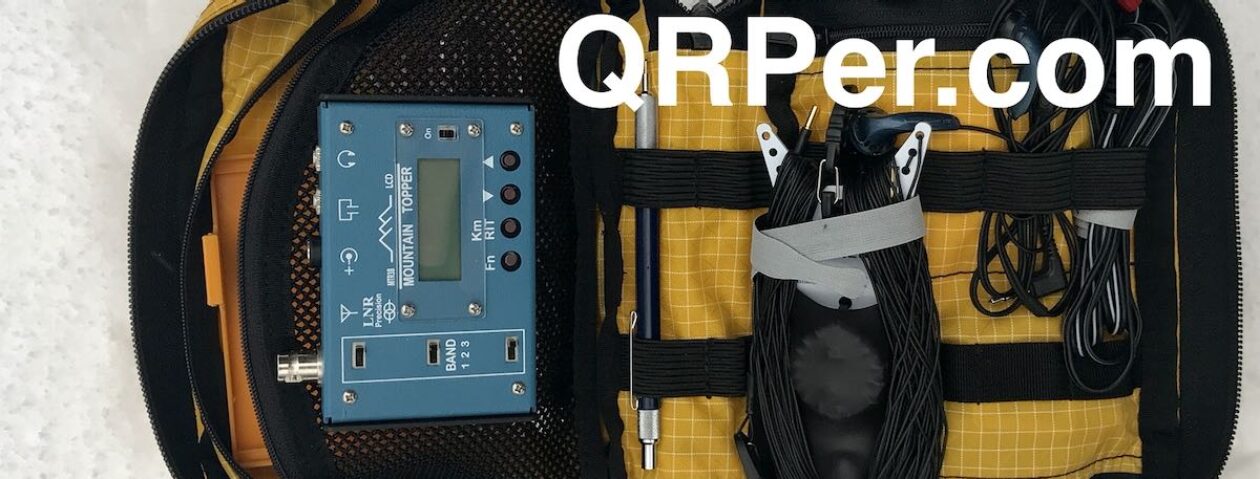Wow! What a show!
I got back from my 2023 Hamvention trip last night and am now trying to catch up after nearly a full week on the road.

As in past years, I traveled to Hamvention with my buddies Eric (WD8RIF) and his son Miles (KD8KNC).
It was amazing to meet so many readers, subscribers, and POTA/SOTA friends in person!
When I wasn’t walking around the Hamvention grounds checking out the inside vendor tables and outdoor flea market, I was hanging out with friends at the Halibut Electronics/Ham Radio Workbench table.
It was great to finally meet Vince (VE6LK) and Mark (N6MTS) in person. Hopefully, next year, we can have the whole HRWB crew at the table!

Side note: It was a true surprise and joy to discover that the amazing crew of The Unseen Bean were next door to us. I’m a bit of a coffee snob, so it was wonderful having Gerry and his amazing team so close. I bought a lot of coffee!
Of course, my favorite thing about Hamvention is the QRPARCI Four Days in May (FDIM) conference.
Eric and I didn’t arrive in enough time to enjoy the Thursday presentations, but we did make it to Vendor’s night that evening. It was busier than I ever remember.
As we walked into the conference room, there was already a massive line to purchase Hans’ new QRP Labs QMX transceiver kit.
Of course, I bought one (serial number 28, evidently)! It will take me some time to build this as I have a crazy June schedule filled with travel and camping.
We also attended FDIM Club Night and the Homebrew contest on Friday. It was so much fun.

I was over the moon to have been inducted into the QRP Hall of Fame at the Saturday Evening FDIM banquet. I’m not sure what I’ve done to deserve this, but I’m incredibly grateful and humbled. Many of my QRP mentors are in the QRP Hall of Fame.
Thank you to those who nominated and selected me! What an incredible honor.

On Sunday, we skipped Hamvention altogether and joined Charlie (NJ7V) and Vince (VE6LK) for a few local park activations.

Vince and Charlie joined us for two POTA activations (during horrible band conditions, I might add), then Eric, Miles and I capped off the short POTA run with one more activation after lunch.
Monday was all about taking it easy…
Eric and I took all day Monday to “decompress” at the US Air Force Museum. Although I’ve visited this museum a dozen times before, it never gets old and the displays and exhibits are ever-changing.
I think it’s one of the best aviation museums in the world.
Tuesday (yesterday) I drove back to the QTH and fit in one short activation at Yatesville Lake State Park in eastern Kentucky. I recorded this one, so there’ll eventually be a full field report and activation video!
All-in-all, I fit in five POTA activations over the Hamvention trip!
Now that I’m back at the QTH, I’m prepping for a family camping trip. This is going to be one busy summer indeed!
Again, so many thanks to all of you who introduced yourselves over Hamvention and FDIM. It was amazing to meet you all! And, again, a very special thanks to the QRP Hall of Fame committee–being inducted is the true highlight of my amateur radio journey!
Did you attend Hamvention? Or did you have other radio plans this past week? Feel free to comment!



















































